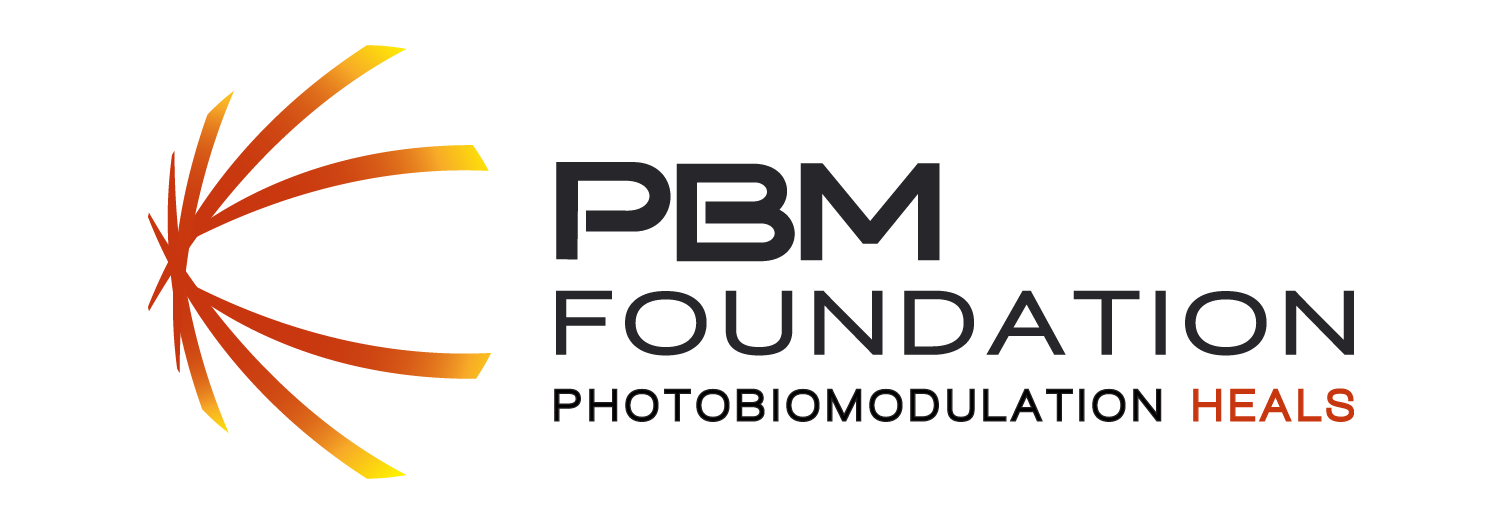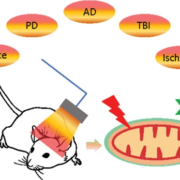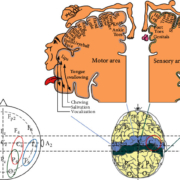Lights on for Autism: Exploring Photobiomodulation as an Effective Therapeutic Option
Abstract
Autism is a neurodevelopmental condition that starts in childhood and continues into adulthood. The core characteristics include difficulties with social interaction and communication, together with restricted and repetitive behaviours. There are a number of key abnormalities of brain structure and function that trigger these behavioural patterns, including an imbalance of functional connectivity and synaptic transmission, neuronal death, gliosis and inflammation. In addition, autism has been linked to alterations in the gut microbiome. Unfortunately, as it stands, there are few treatment options available for patients. In this mini-review, we consider the effectiveness of a potential new treatment for autism, known as photobiomodulation, the therapeutic use of red to near infrared light on body tissues. This treatment has been shown in a range of pathological conditions-to improve the key changes that characterise autism, including the functional connectivity and survival patterns of neurones, the patterns of gliosis and inflammation and the composition of the microbiome. We highlight the idea that photobiomodulation may form an ideal treatment option for autism, one that is certainly worthy of further investigation.
Read more on mdpi.com or download the PDF


